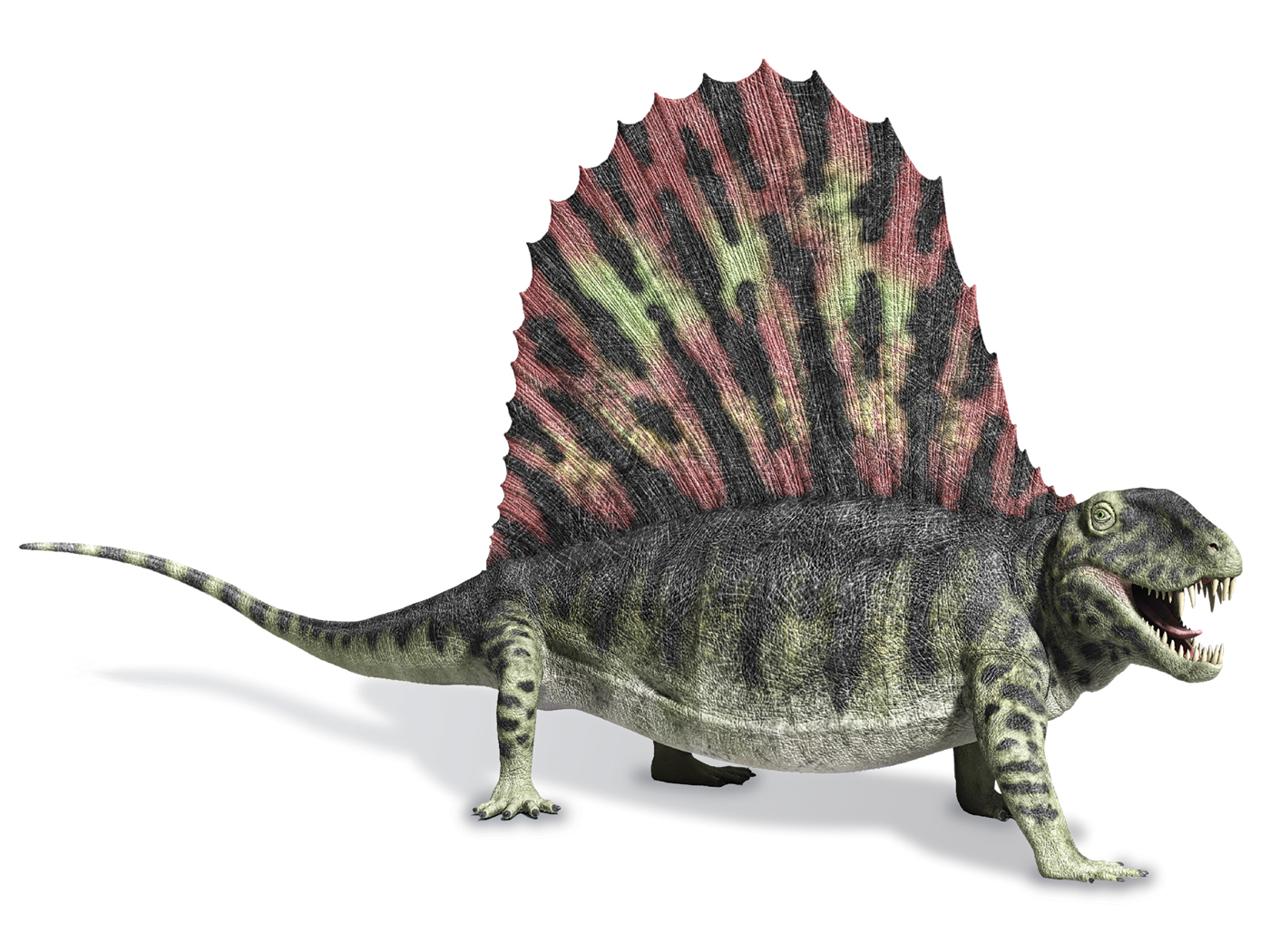
Cache of Amber in India Looks Young
Masses of amber, ranging in size "from sand grains to several centimeters"1 in diameter, have been excavated from coal mines in western India. While scientists are excited by the many insect and other species preserved in the amber, the find contains three features that are very difficult to reconcile with evolutionary history.

Naturalist Rejects Natural Selection, Appeals to Chaos
Since its inception, Charles Darwin's story that life evolved in response to environmental pressures has not been supported by what is actually observed in nature. Despite this, it has been universally taught as accurate science since shortly after the publication of his On the Origin of Species in 1859.

Neandertals Mixed with Humans in China
Neandertal remains are mostly found in European caves. So when Neandertal-like characteristics were discovered among a fossilized jawbone and teeth in South China, it was cause for further investigation. Not only was the location a curiosity, but the jawbone shared both Neandertal and modern human features.

Bees Solve Math Problems Faster Than Computers
Bees can solve complex mathematical problems that would normally keep computers busy for days, according to a new report from UK researchers.1

How Long Can Cartilage Last?
School children have been told that it takes long ages for a fossil to form and that fossils have been buried under deep rock layers for millions of years. However, increasing discoveries of fossils with soft tissue show clear evidence that refutes both claims.






